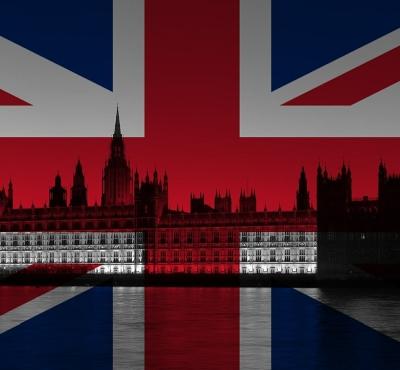How to elect an American President
Every four years the United States elects a new president. Generally speaking, methods of voting for a new president vary depending on the system of government. In some countries the voters elect their president directly; in others, it is parliament that elects the president. And, of course, some countries are more democratic than others in their electoral processes. Most of those processes are quite easy to understand. The American election, however, is, as Americans would say, a totally different ball game. So, how does it work? Let’s start by saying that the presidential candidate who wins the most votes in each state becomes the candidate whom that state – and there are 50 of them – will support to become president. But it is not so straightforward as that. A candidate can get the majority of popular votes and still lose the election. This happened, for example, in 2000, when Al Gore lost to George W. Bush despite winning a majority of popular votes. However strange it may seem, it is down to a system called the electoral college. Every US state has an electoral college with a certain number of members; counting all the colleges there are 538 members. Just over half that number – 270 – have to be won in order for a candidate to become president.
So far, so good, but to paraphrase George Orwell in Animal Farm, some states are more equal than others, because the number of electors in each college depends on how big the population of the state is. For example, California, the most heavily populated state, has 55 members in its college, while Alaska, the biggest in area, has only 3. To make it even more complicated, when people vote for their preferred candidate, they are really voting for the college electors, who are well-known to prefer one candidate or the other. But the complication does not end there, unfortunately. In every state, apart from Nebraska and Maine, the ‘winner takes all’. For example, if in North Carolina, which has an electoral college of 15 members, candidate A gets 8 electoral votes and candidate B gets 7, then all 15 votes go to candidate A. We may wonder whether this is really democratic, but is there one definition of ‘democracy’?






